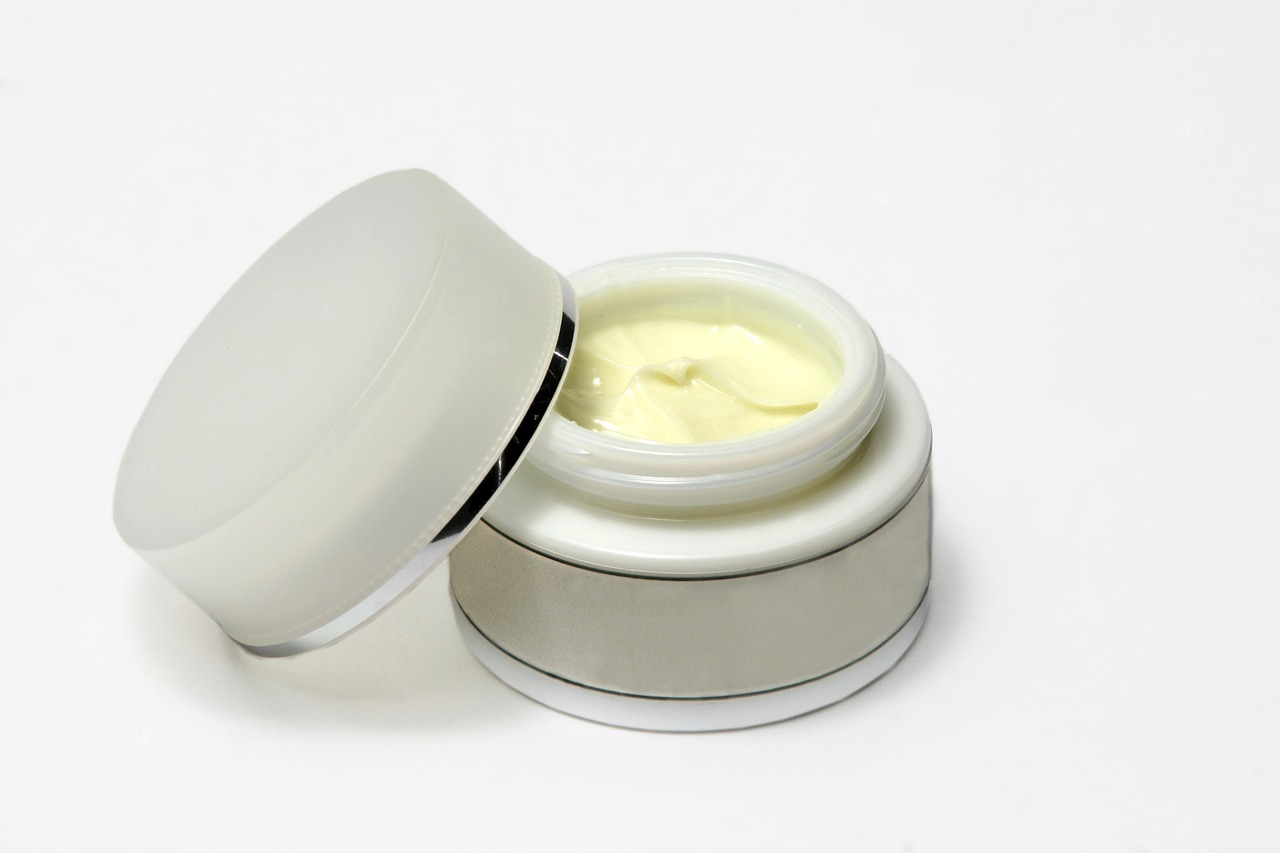What are Alpha-Hydroxy Acids? Using AHAs in Cosmetics
By on Jun 18th 2019
The cosmetic industry is saturated with skin care products that promise to fight signs of aging and improve the overall look and texture of skin. At the core of many of these anti-aging products is an AHA, or alpha hydroxy acid.
Alpha-hydroxy acids (AHAs) are natural and synthetic chemical compounds that are able to exfoliate the uppermost layers of the skin. The extent of chemical exfoliation is dependent on a few factors, including the type and concentration of the AHA, its pH, and the other ingredients in the product. Through such exfoliation, or shedding of the surface skin, products containing AHAs can reveal fresher, more refined skin with improved texture, more hydration, and, over time, an increase in visible firmness.

Types of AHAs
There are six types of AHAs that are naturally-derived but can also be made synthetically. In cosmetics, most AHAs are synthetic or derived bacterial/fungal fermentation.
Glycolic Acid
Glycolic acid is one of the most common AHAs and is often considered the “gold standard” among alpha hydroxy acids. Naturally derived from sugar cane, glycolic acid has the smallest molecules and is able to penetrate the uppermost layers of skin to reveal the radiant skin underneath. Glycolic acid works for all skin types.
Lactic Acid
Lactic acid is the second most common AHA and works nearly as well as glycolic acid. Its slightly larger molecules have a harder time penetrating the outermost layer of skin, making it a bit slower. While most AHAs in cosmetics are synthetic, natural lactic acid can be derived from milk (it’s what gives fermented dairy products and sour beers their signature tart taste).
Malic Acid
While malic acid is larger than both glycolic acid and lactic acid, it is still able to exfoliate and offers additional antioxidant benefits. Because it is not as effective as the aforementioned AHAs, it is rarely used alone. Instead, many exfoliating products that contain glycolic or lactic acids may contain a small percentage of malic acid for a multi-level exfoliation. Malic acid is naturally found in many fruits and vegetables including apples.
Citric Acid
Citric acid can exfoliate skin when used in high concentrations; however, due to its low pH, it is more irritating than other AHAs. For this reason, small amounts of citric acid are added to skincare products as an antioxidant and pH adjuster, rather than to exfoliate or moisturize. Citric acid is found naturally in citrus fruits like lemons and is known for its tart, sour taste.
Tartaric Acid
Tartaric acid is nearly twice the size of glycolic acid and while it can be used to exfoliate the skin, it is more often used to maintain the ideal pH range in AHA skincare products. Because molecule size affects the penetration, meaning different AHAs benefit different layers of skin, tartaric acid can be used for a more targeted skin exfoliant. In nature, tartaric acid is found in grapes and red wine.
Mandelic Acid
Mandelic acid is the largest AHA and is one of the least commonly used alpha hydroxy acids in skin care products. Part of this reason is that there has not been nearly as much research conducted studying its use. Because of its large molecular size, it is slower acting, which may benefit people with sensitive skin. Naturally found in bitter almonds, mandelic acid is not recommended for those with oily skin.
While alpha hydroxy acids work as beneficial chemical peels and can result in younger, smoother, and more healthy-looking skin, some care is required when using these products. Generally, skin care products containing AHAs should only be used once or twice a day to avoid over-exfoliation. AHAs may increase photosensitivity to the sun and the FDA advises using proper sun protection when using chemical peels.






